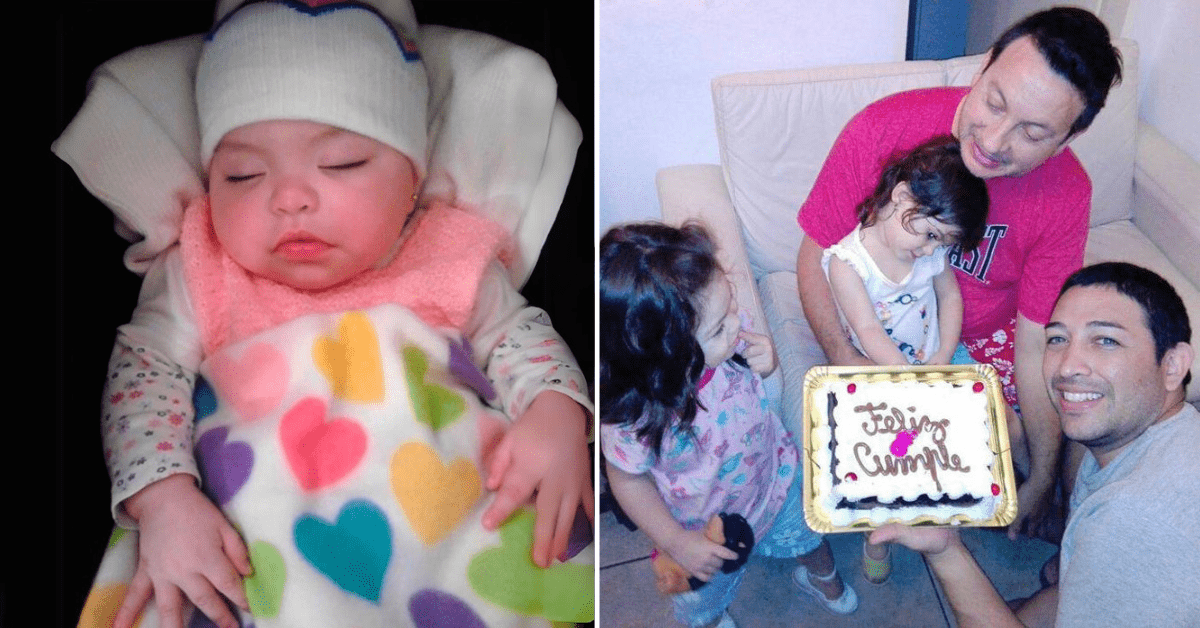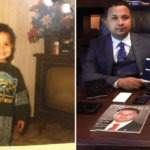Olivia was born with HIV, which was discovered when she was a baby. After learning about her illness, ten couples expressed interest in adopting her. Still, after learning more about her situation, they decided they didn’t want her at all.
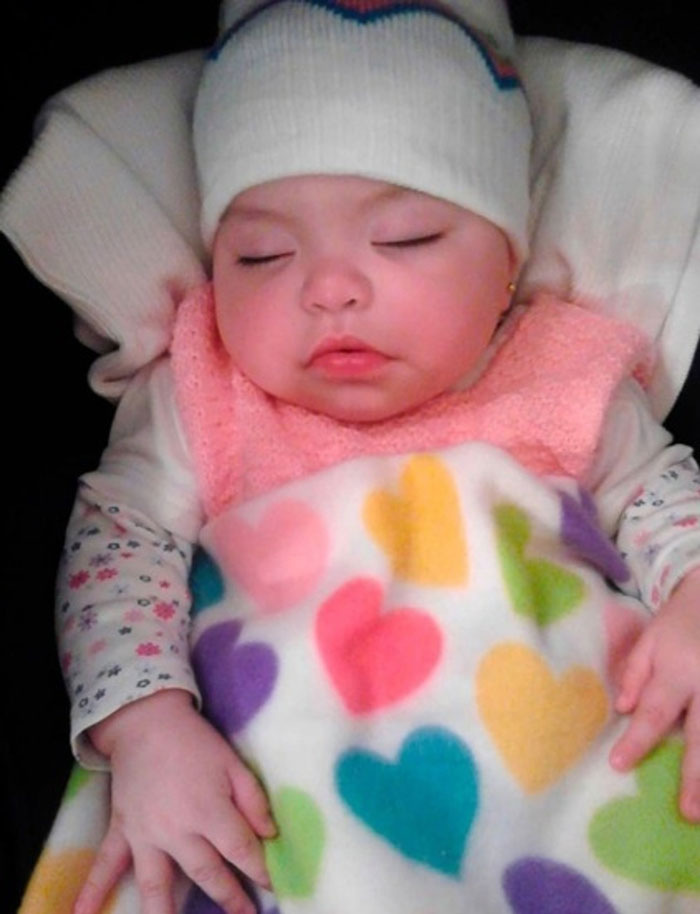
Then came Damian and Ariel, who had been waiting three years for the call to view a kid who was up for adoption when the situation changed dramatically. The guys are an openly homosexual pair who became the first in Santa Fe, Argentina, to marry in public. It was when they went to check on Olivia that something extraordinary occurred.
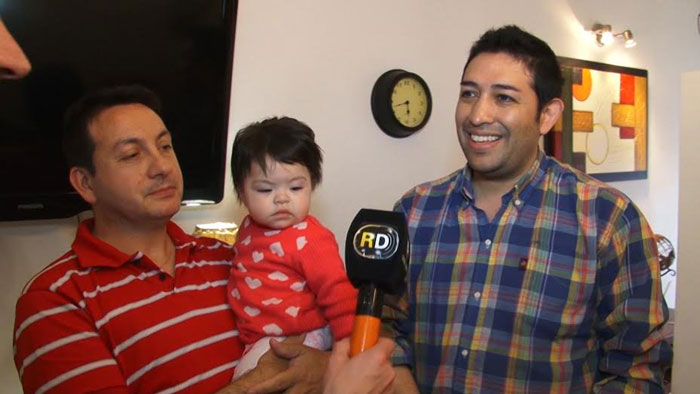
“As soon as I saw her, I knew she was going to be a part of my life,” Ariel explains. The link was made right away. It was though we held her in our arms and handed her the bottle, and she gazed at us with her eyes open and without weeping.
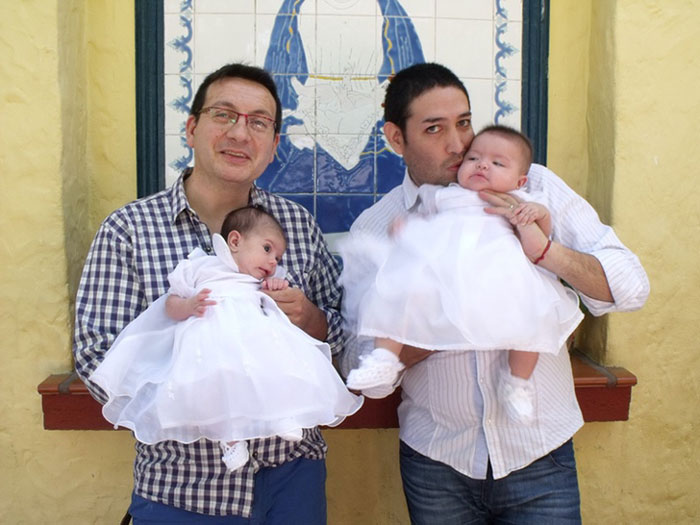
As a result, they brought her home with them. She also began to put on weight due to her positive HIV test results and her positive HIV treatment results. After just a few years, the virus was no longer detectable in her blood, which was a remarkable achievement. She was no longer infected with HIV.
Since adopting Olivia, the couple has taken in another young girl, Victoria, born to them. They are the same age as each other. When word spread about the men’s adoption of Olivia, there was a flood of supportive responses on social media and in the comments sections of news articles.
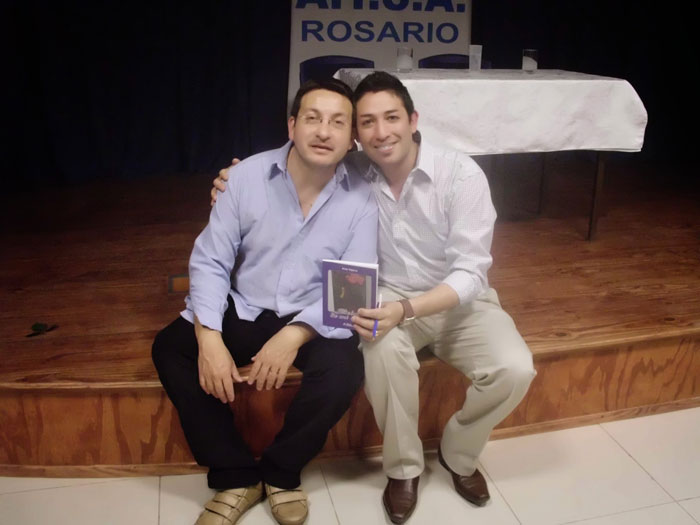
“God bless these two gentlemen who have a huge heart,” says one. They have decided to adopt an angel. They currently have two. “Both girls will be lavished with a plethora of affection.”

“When I was in high school, HIV was believed to be a death sentence,” another person commented. It was an incurable illness, and those who carried it were the lepers of our day. My 15th-year class reunion is coming up next year. Now we have medications that have made it a “manageable disease” and allowed carriers to live productive lives. If the child lives to reach my age, she may be able to see the day when it is possible to cure her.”







Isn’t that something to think about?
We are sure that you liked the article above. Keep an eye out for more.

